Sarah started out at her company, an e-commerce retailer selling natural products, 15 years ago when the husband and wife co-founders were operating out of a garage. As their right-hand person, she’s been by their side through supply chain issues, massive technology improvements, economic highs and lows, and the dramatic growth of the natural products market nationwide. What started as a passion project is now a multi-million dollar powerhouse. The recent explosion of online sales brought on by the pandemic has accelerated the company’s growth. They’ve built new warehouses and distribution centers and hired a lot of new people very quickly.

After 15 years of pouring her life into the firm, it’s starting to feel a little less like a family and more like a machine. People don’t know each other as well, and it feels like their core values aren’t truly “core” anymore. The co-founders recently took Sarah and a few other key players on a retreat to start envisioning the future of the firm. Out of this conversation, they tasked her with getting a handle on the company’s corporate culture. No one wants the passion and care that they put into creating the enterprise to be lost, but Sarah’s not sure how to infuse it into the many people who are now a part of her team. It’s a culture crisis, and she’s not sure what to do. What will help the company culture be effective and inspiring to Sarah’s team?
In our last blog we looked at the three criteria used to define and measure an effective culture. Our goal is to achieve a culture that drives business results, increases employee engagement, and improves lives. Sounds good, right? But let’s get practical – what does it really mean? What are the traits that emerge within an effective culture? This is actually a harder question to answer than it may seem. Recall that culture is an emergent property of organizations created by the interaction of common attitudes, beliefs and behaviors held by its employees. This definition highlights the two-fold challenge of working with organizational culture: first, it can take on many different shapes and permutations and every organization is unique; and second, it is based on the attitudes and beliefs between the ears of the employees.
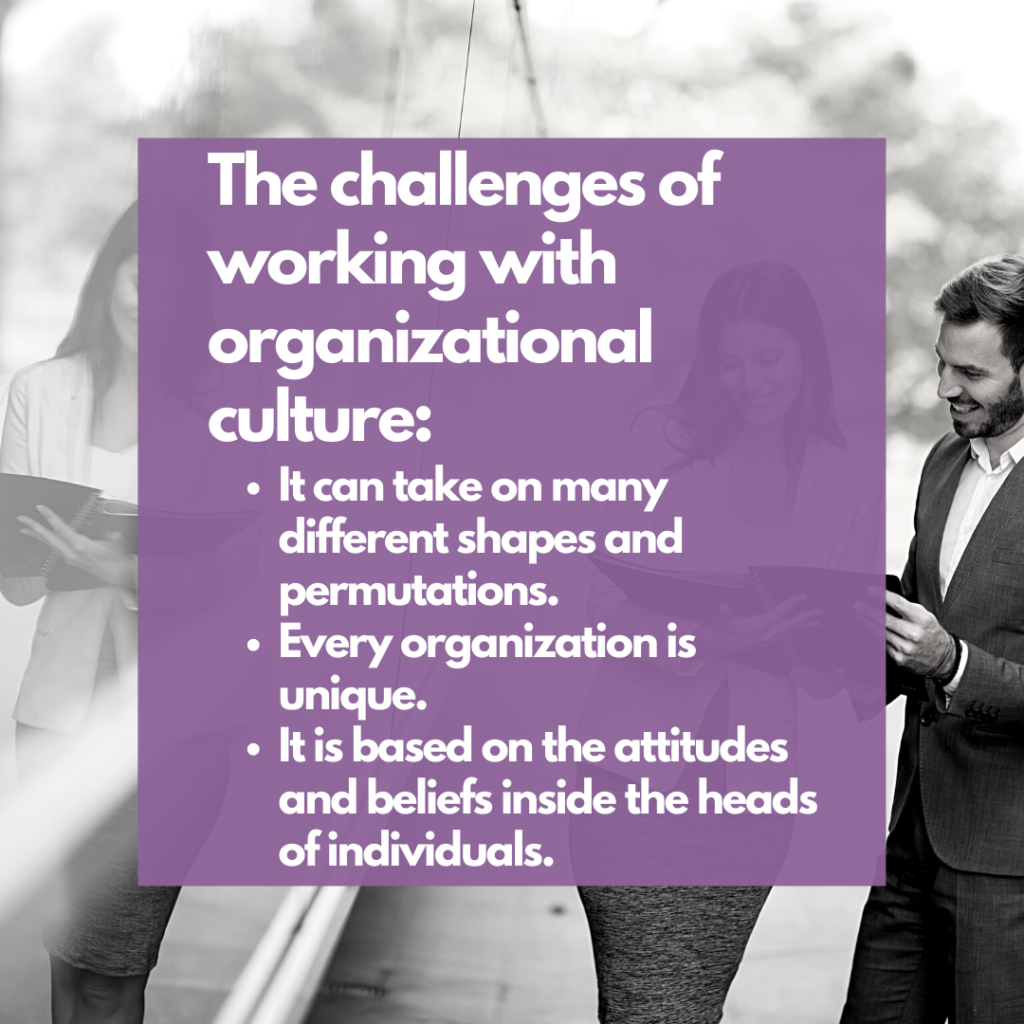
Because culture is both unique for every organization and inextricably linked to the specific humans that comprise it, learning and applying best practices from other companies can be extremely challenging. In fact, it is typically an abject failure when one organization tries to copy the culture of another organization. Oftentimes, this results in copying cultural artifacts (it’s not enough to just throw a ping pong table in the corner) or trying to copy values that don’t truly have for the employees. Sarah’s company will be inspired by giving people the tools to live healthier lives while caring for the earth we live on. In order to do this, she needs an effective culture that everyone on her team believes in.
Shared features of effective cultures
So, what is unique to specific cultures vs. common across highly effective cultures? Based on our criteria of organizational effectiveness, we have identified four traits that are essential to an effective culture:
- Maturity
- Diversity
- Community
- Unity
Let’s look at each of these individually and try to see how they will come into play in your organization.
Maturity
The first trait of an effective culture is Maturity, and it is foundational. We define Maturity as a culture where individuals manage themselves and their behavior to enable consistent, efficient production while effectively communicating and interacting with others. The process of achieving Maturity is a journey that we all are on. We recognize that Maturity is an area where all humans – myself included – can continue to grow. Furthermore, we recognize that regardless of how far along we are on this journey our behavior can be immature at times. This is especially true when we are tired and hungry (ever heard of the term “hangry?”), or when someone triggers our feelings of insecurity around our self-concept.
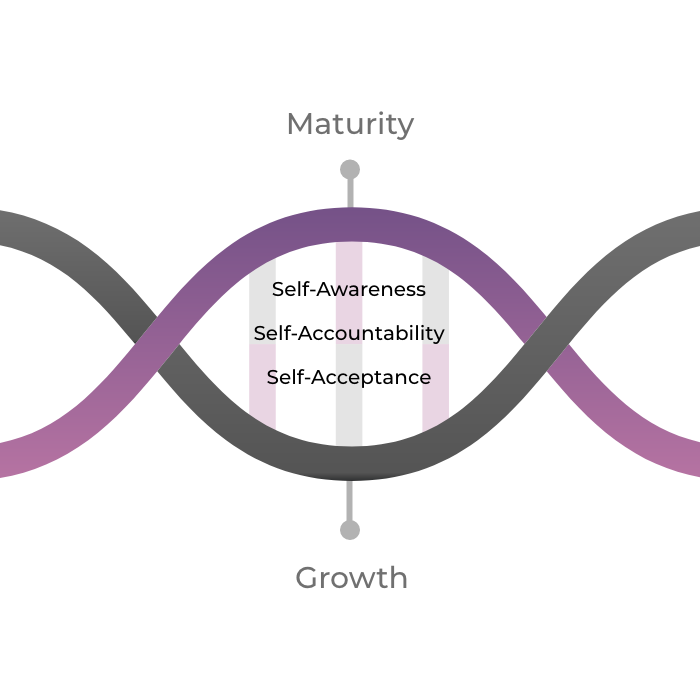
Diversity
The second trait of an effective culture is Diversity. We define this trait as a culture that actively seeks out, invites, and involves people with various skills, experiences, backgrounds, and perspectives while accepting them for who they are. Sarah’s e-commerce natural products company naturally draws people who are passionate about creating a better world. But growing the company requires creating an organization representative of the broadest possible demographic profile where individuals across that spectrum are included on teams, in decisions, and at all levels of leadership. This has always been a critically important trait in an organization because of its importance to creating an effective culture.
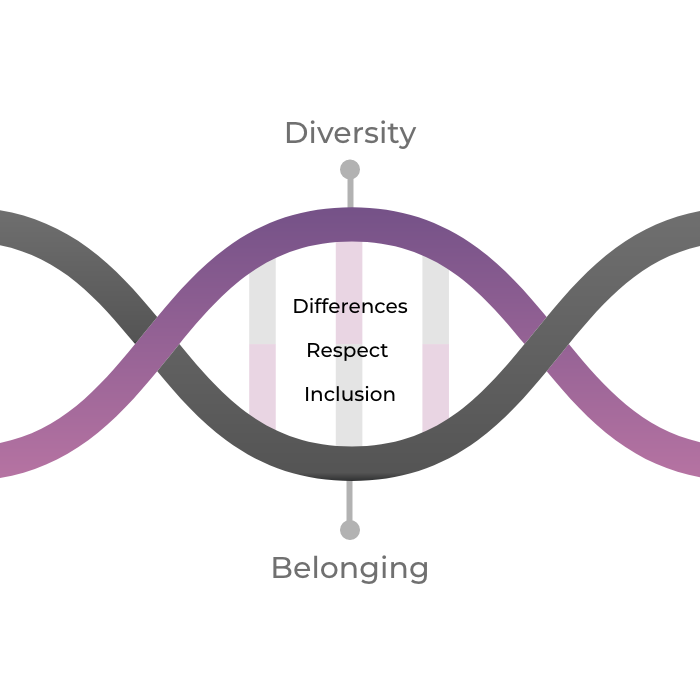
Community
Our third trait of an effective culture is Community. We define this as a culture where individuals know and like each other, feel a sense of camaraderie and express genuine concern for one another with a corresponding desire to help. This trait embodies much of what people often think of when they describe a “good” culture. It possesses many of the hallmark traits of effective teamwork and positive working relationships and describes what it feels like when working on a team just clicks. Individuals openly share information about both the work and themselves, trust each other, and are truly empathetic and want to help one another. It’s how Sarah’s company felt when it was just a handful of people, hand-selecting and packaging products that they truly knew would help the customers who ordered them.
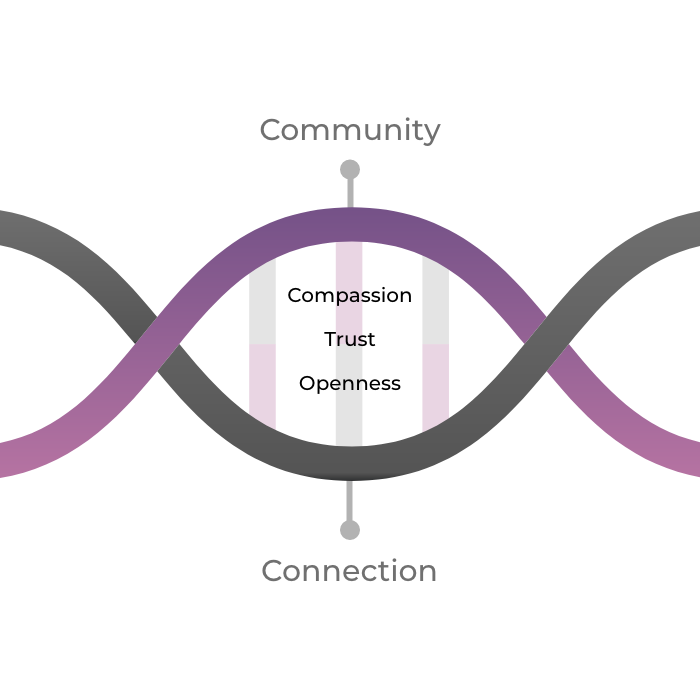
Unity
The final trait of an effective culture is Unity. We define this trait as a culture where individuals work as one with a high degree of alignment around purpose, direction, goals, and behaviors. This trait is what enables an organization to transform from a collection of pieces and parts into a coherent system that functions in a coordinated manner. When Sarah had just one product to sell, one type of customer to reach, and one office where everyone worked together, it was a lot easier to operate.
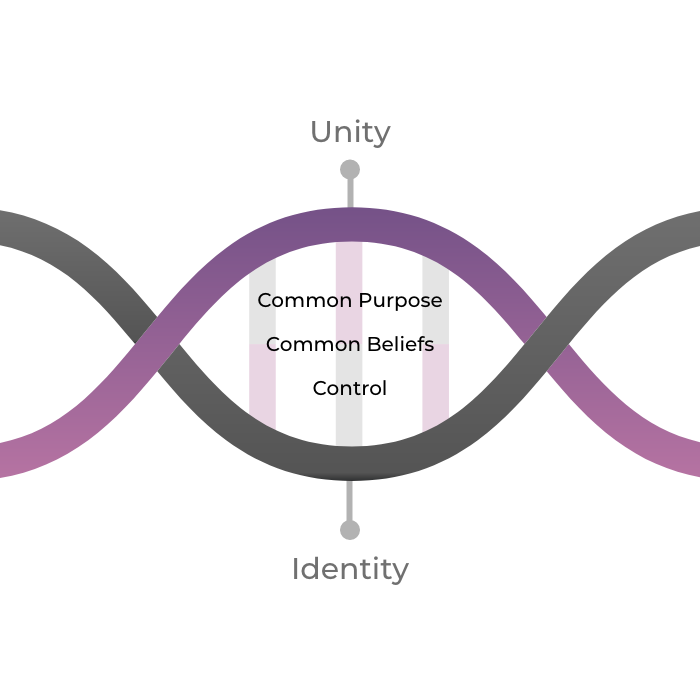
The Missing Links
It’s possible for an organization to have the most engaged and committed workforce and still fail at executing its mission. It’s not enough to have a great culture, you must have an effective culture. This was a shock for NASA to learn when the Space Shuttle Columbia exploded, and the investigation blamed culture, only a few months after it was named the #1 place to work in the Federal Government (read The Missing Links: Launching a High Performing Company Culture to learn more).
Whether you are struggling to create a company culture in the midst of explosive growth or working to lay the foundation for your startup’s culture, you’ll want to pay attention to the four traits – Maturity, Diversity, Community, and Unity.
These common traits are emergent properties produced by the interactions of shared beliefs of employees. One of the biggest challenges of working with organizational culture is learning how to shape, manage, and change it when culture ultimately lives between the ears of employees. However, by combining the science of human behavior with the principles of complex systems we have developed a model that shows how to successfully shape and create an effective culture. The key to this model lies in what we call the missing links of organizational culture.
If you want to delve into the missing links and understand how to practically apply them within your organization, we invite you to read our new book, The Missing Links: Launching a High Performing Company Culture. For a limited time, it’s only $0.99 on Amazon!
Ready to take your leadership to the next level? Get your FREE copy of my eBook, Level Up: 3 Steps to Be a Better Leader. Click here to download!


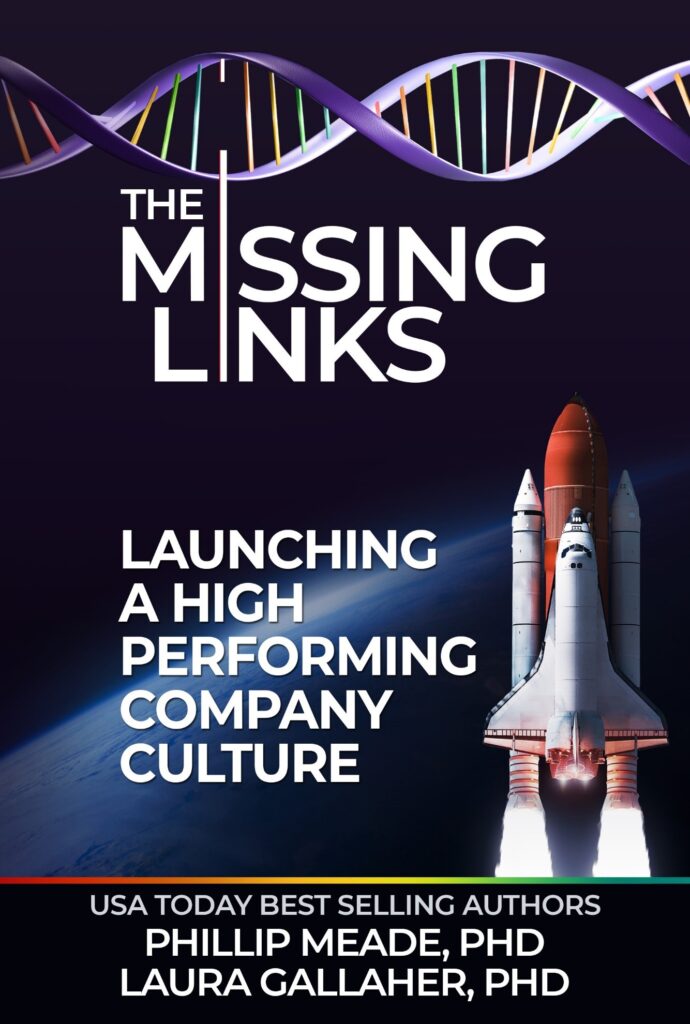
One reply on “Wouldn’t It Be SO Much Easier if You Could Just Copy Somebody Else’s Culture? Here’s Why You Can’t”
[…] our last blog, we looked at the four traits of an effective culture – Maturity, Diversity, Community, and […]